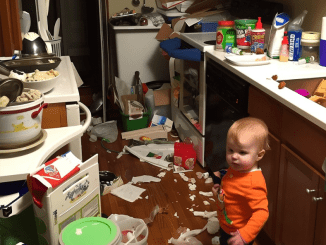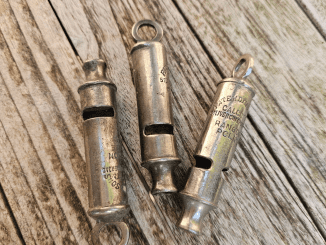Milia can be an incredibly frustrating skin condition, leaving small, stubborn bumps on the face that just won’t seem to go away. But fear not, because in this comprehensive guide, we’re going to dive deep into everything you need to know about milia – from what causes them to the most effective ways to treat and prevent them.
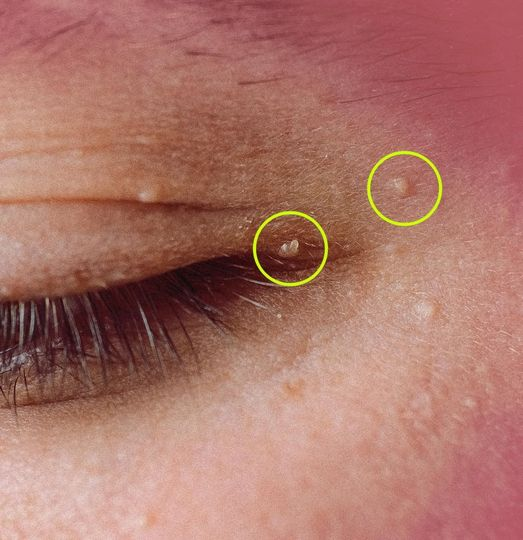
Whether you’re dealing with newborn milia, adult-onset milia, or the dreaded “milia en plaque,” you’ll walk away from this article armed with the knowledge and tools to take back control of your complexion. So, let’s get started on your journey to smooth, radiant skin, free of those pesky little cysts!
What Are Milia?
Milia are small, white or yellow bumps that appear on the skin, often in clusters. They form when dead skin cells or keratin become trapped underneath the skin’s surface, creating these unsightly little cysts.
While milia are not a sign of any serious underlying condition, they can be frustratingly stubborn and difficult to get rid of. Milia can occur in both children and adults, and there are a few different types, including:
Congenital Milia: These milia are present at birth and often appear on a baby’s nose, face, or scalp. They usually clear up on their own within the first few months of life.
Primary Milia: This is the most common type of milia, which can develop spontaneously in children and adults, often on the eyelids, cheeks, or forehead.
Milia en Plaque: In this form, multiple milia cluster together, creating a raised, flat patch of bumps with a clear border.
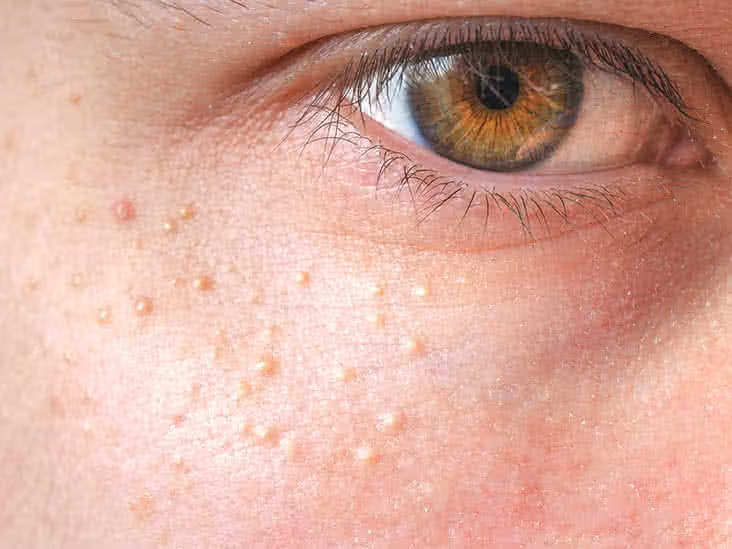
Multiple Eruptive Milia: This type appears suddenly, with new milia developing quickly over the course of weeks or months.
Secondary Milia: These milia form as a result of an underlying condition or skin trauma, such as from medication use, blistering skin disorders, or certain cosmetic procedures.
What Causes Milia?
The exact cause of milia is not fully understood, but we do know that they form when small amounts of keratin, the protein that makes up our skin, hair, and nails, become trapped beneath the skin’s surface. This can happen for a few different reasons:
Blocked Pores: When the pores become clogged with dead skin cells, oil, or other debris, it can prevent the natural shedding of keratin, leading to the formation of milia.
Skin Trauma: Anything that damages or disrupts the skin’s surface, such as burns, blisters, or certain cosmetic procedures, can cause milia to develop.

Certain Medications: Prolonged use of topical steroids has been linked to the development of secondary milia in some individuals.
Genetic Factors: There seems to be a genetic component to milia, as they are more common in some families.
Skin Conditions: Certain skin disorders that cause blistering, such as epidermolysis bullosa, can also lead to the formation of milia.
How to Get Rid of Milia?
While milia are generally harmless and often resolve on their own, many people choose to seek treatment to improve the appearance of their skin. Here are some of the most effective methods for getting rid of milia:
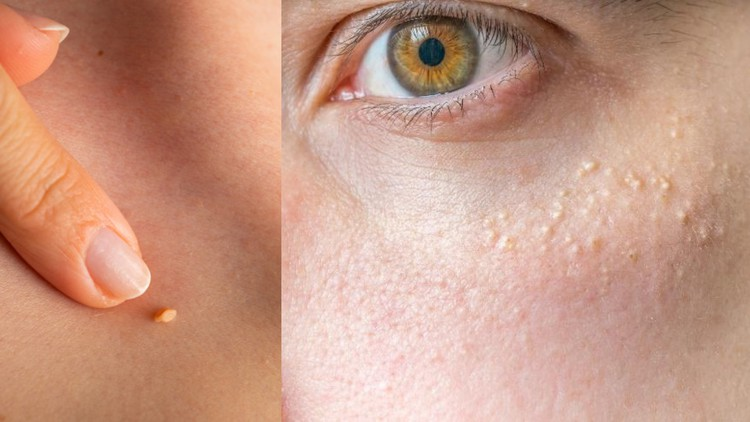
Home Remedies
- Gentle Cleansing: Washing the affected area with a mild, non-irritating cleanser can help keep the skin clean and prevent further buildup.
- Exfoliation: Using a soft washcloth or a gentle chemical exfoliant a few times per week can help slough off dead skin cells and unclog pores.
- Retinoids: Over-the-counter retinoid creams or serums can help speed up cell turnover and minimize the appearance of milia.
Professional Treatments
- Manual Extraction: A dermatologist or licensed aesthetician can carefully extract milia using a sterile needle or blade to create a small opening and release the trapped keratin.
- Cryotherapy: Applying extreme cold to the milia can help destroy the cyst wall and cause the contents to be reabsorbed by the body.
- Laser Treatment: Certain laser therapies can vaporize the milia without damaging the surrounding skin.
- Prescription Medications: For stubborn or recurrent milia, a dermatologist may prescribe topical retinoids or oral antibiotics to help clear them up.
Preventing Milia
The best way to prevent milia is to maintain a consistent, gentle skincare routine that includes regular exfoliation and the use of non-comedogenic (non-pore-clogging) products. Here are some additional tips:
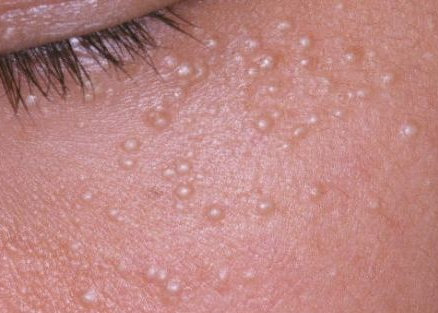
- Wash your face twice a day with a mild, fragrance-free cleanser
- Use a soft washcloth or brush to gently exfoliate 2-3 times per week
- Apply a non-comedogenic moisturizer after cleansing
- Wear sunscreen every day to protect the skin from UV damage
- Avoid picking or popping milia, as this can lead to infection and scarring
Conclusion
Milia may be a nuisance, but with the right knowledge and approach, they don’t have to be a permanent fixture on your skin. By understanding the causes, seeking appropriate treatment, and practicing good skincare habits, you can achieve the clear, radiant complexion you’ve been dreaming of.
Remember, every person’s skin is unique, so it may take some trial and error to find the best method for you. Don’t be afraid to consult a dermatologist if home remedies aren’t doing the trick. With a little patience and persistence, you can say goodbye to those pesky milia for good!
